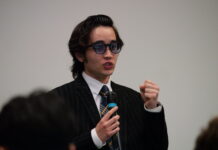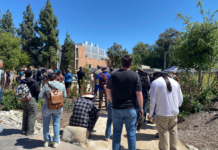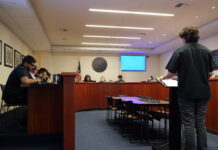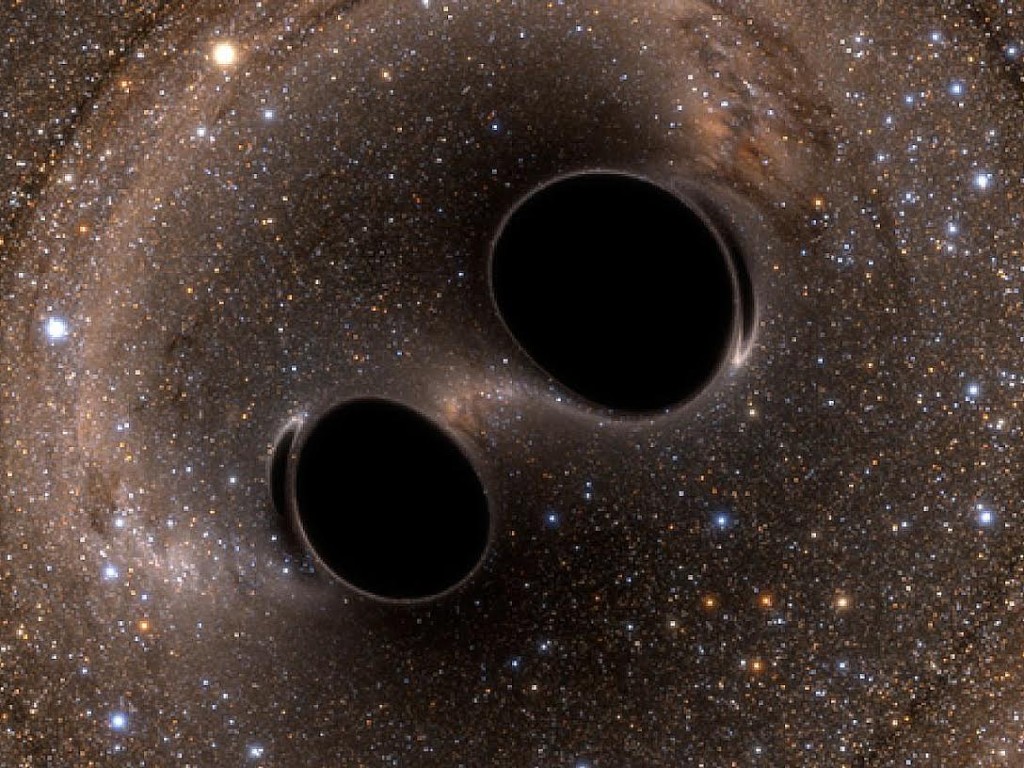 Evidence of gravitational waves found
Evidence of gravitational waves found
On Feb. 11, the first gravitational wave, called GW150914 by the Advanced Laser Interferometer Gravitational-Wave Observatory (LIGO), was detected by scientists. GW150914 was revealed after scientists heard and recorded the brief sound resulting from the collision of two black holes a billion light-years away.
Within a fifth of a second, a black hole with a mass equal to 36 suns impacted another that had a mass equal to 29 suns to form a sole black hole with a mass equivalent to 62 suns. The event asserted that LIGO’s computer calculations had been correct.
Gravitational waves are ripples in space-time caused by violent events in space. The concept of gravitational waves arose from Albert Einstein’s general theory of relativity, which was proposed almost a century ago in 1915.
In the past, only indirect evidence of gravitational waves have been found. One notable study was the measurement of radio emissions from orbiting pairs of pulsars, or dead stars, and determining how the distance between them shrank as they broadcast gravitational waves.
After decades of research since Einstein predicted the their existence in 1916, and expenditures by organizations such as the National Science Foundation, the proven existence of gravitational waves have helped to justify the time and money spent on this cause.
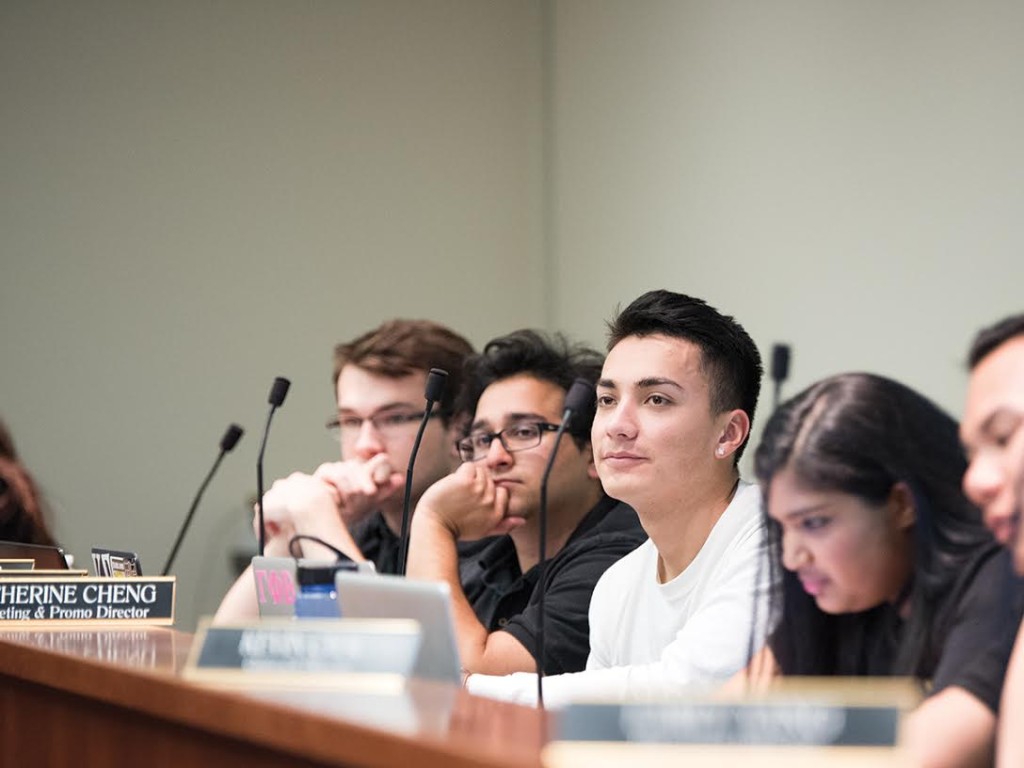 ASUCR
ASUCR
The ASUCR senate meeting on Feb. 10 brought forth discussion regarding gender-inclusive restrooms and facilities on the UCR campus.
Nancy Tubbs, the director of the LGBT Resource Center (LGBTRC) made a presentation to discuss adding gender-inclusive facilities across campus such as restrooms and locker rooms. ”These are facilities that may used by anyone, regardless of gender or identity or sex,” Tubbs explained.
Last July, University of California President Janet Napolitano issued a directive requiring all UC campuses to provide a list of gender-inclusive restrooms with good signage by spring 2016. All buildings on UC campuses are expected to house a gender-inclusive restroom or have one in a nearby building, with “nearby” being defined as within a two-minute walk.
Plans are currently being reviewed by the vice chancellor’s office. Campus maps indicating the location of gender-inclusive restrooms are also expected to be made, with the possibility of being included on phone application (app) maps.
The UCR LGBTRC has already posted a list that provides the locations of restrooms that are single-occupancy and that anyone can go into, regardless of gender identity. Although March 1 is the official deadline for Napolitano’s directive, Tubbs has explained that this will be an ongoing process for UCR.
Highlights:
-CNAS Senator Katherine Tatley announced that she and Vice President of Internal Affairs Michael Ervin will be looking into a campus beautification initiative that will work to combat the issue of the trees on campus “that no one really likes smelling.”


